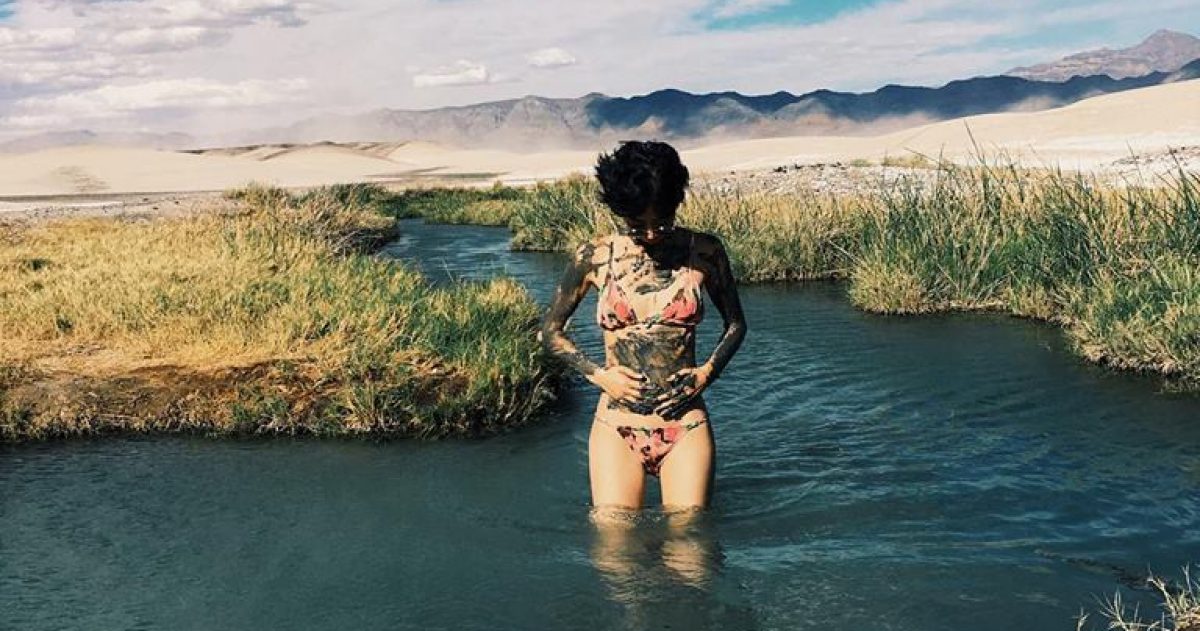These days, even camping can get expensive, especially in California where I live, camp sites average from $15-30/ night! I really like to travel frugally, so I looked into public lands, and what I found has given me experiences that are BETTER than paid camping.
BLM Lands
The U.S. Bureau of Land Management is an actual agency of the United States that has admistered more than 247.3 million acres of free and public land. Do you know how significant of an amount that is? That would be approximately 1/8 of the United States!
The mission of the BLM is “to sustain the health, diversity, and productivity of the public lands for the use and enjoyment of present and future generations.” Initially, BLM holdings were described as “land nobody wanted” because homesteaders had passed them by. But now, BLM lands are found in almost, if not ALL National parks.
You know what this means! It means that where there’s a popular place people go to PAY for camping, there are free public lands to be found. BLM lands aren’t exclusive to popular destinations, however, they can be found everywhere.
All types of BLM maps can be found here. But, being geeky, I downloaded an app, which I have found to be very useful. It’s called U.S. Public Lands and more information on the app can be found here.
Finding BLM lands are fun! Yes, there’s no structure, nobody to do the admin work for you, and it takes a tiny bit of time to find land of your liking, but that’s all part of camping! Finding a place to park and enjoy what nature has to offer- for free. Just as it was intended.



